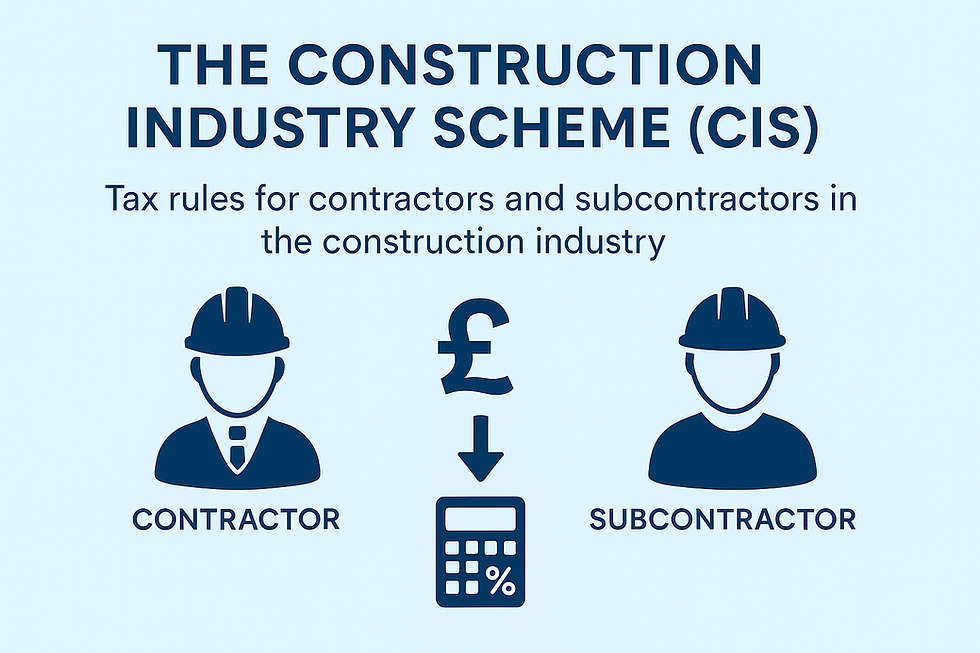Making Tax Digital for Income Tax: What You Need to Know
- RNE Accounting

- Apr 15
- 2 min read
Updated: Apr 21
What is Making Tax Digital (MTD)? Making Tax Digital is an HMRC initiative aimed at simplifying and modernising the UK tax system. It requires businesses and individuals to keep digital records and submit their tax information to HMRC using approved software.
What's Changing for Income Tax? From April 2026, MTD will apply to Income Tax Self Assessment (ITSA) for:
Self-employed individuals
Landlords earning over £50,000 per year
From April 2027, it will expand to those earning over £30,000. If you fall under these thresholds, you'll continue using the existing Self Assessment process (for now).
Key Requirements Under MTD for Income Tax:
Digital Record Keeping – You'll need to keep records of income and expenses using MTD-compatible software.
Quarterly Updates – Submit updates to HMRC every quarter.
End of Period Statement (EOPS) – Confirm your income and make necessary adjustments.
Final Declaration – Submit a final declaration to complete your tax return.

Benefits of MTD:
Improved accuracy
Real-time view of tax liabilities
Better cashflow management
Reduced last-minute tax surprises
Challenges to Prepare For:
Learning new software
Potential added costs for software subscriptions
Staying on top of quarterly deadlines
Who Is Exempt? You may be exempt if you:
Cannot use digital tools due to age, disability, or location
Are subject to insolvency procedures
What Should You Do Now?
Check if you’ll be affected in 2026 or 2027.
Start using digital accounting software if you haven't already.
Speak to your accountant about the best solution for your needs.
Helpful Resources:
HMRC MTD Guidance
MTD-Compatible Software List
MTD for ITSA Overview
Apply for MTD Exemption





Comments